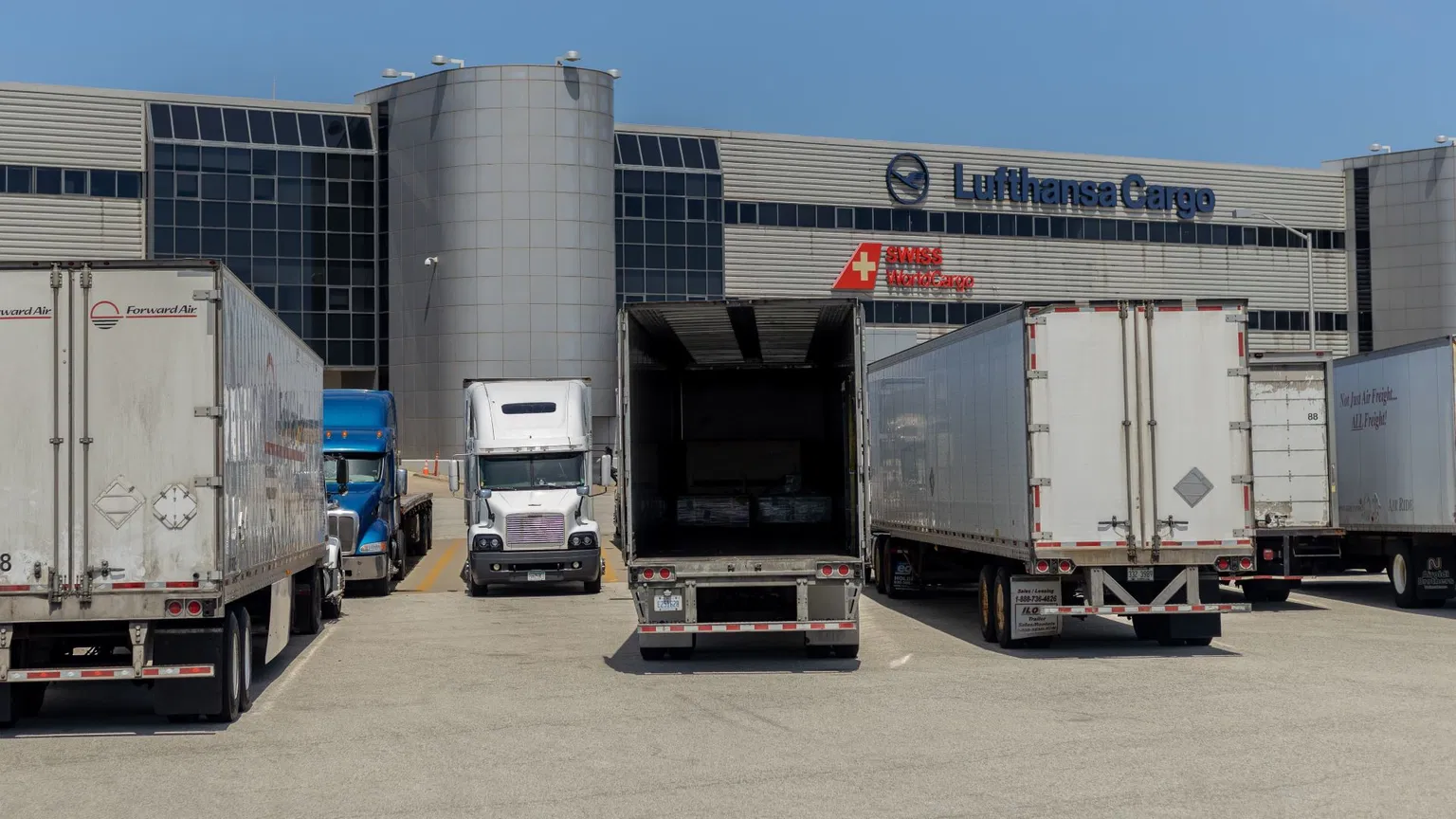Insights on Air Cargo Infrastructure Needs
Recent studies underscore significant gaps in air cargo infrastructure and the pressing need for federal attention. Issues such as inadequate facilities and outdated systems are beginning to take center stage in discussions about logistics and transportation.
Key Findings
- Limited Understanding: The Department of Transportation (DOT) is reported to have a poor grasp of air cargo infrastructure challenges. This stems from minimal engagement with industry professionals and reliance on inadequate data.
- Estrangulamentos operacionais: Stakeholders in the air cargo sector have pointed out numerous hassles, including insufficient parking for trucks, poorly designed roadways, busy cargo areas, and antiquated storage facilities at airports.
- Recommended Actions: The Government Accountability Office (GAO) report encourages improved dialogue between DOT and air cargo stakeholders, along with the establishment of a reliable data collection framework.
- Advocacy for Funding: The Airforwarders Association (AfA) plans to use this report’s findings to push for dedicated federal funding aimed at enhancing air cargo infrastructure.
Understanding the Challenges
The DOT’s lack of engagement with the industry has led to its limited understanding of air cargo infrastructure challenges. This disconnection proved detrimental, especially when issues arose during critical times such as the Covid crisis, where delays in retrieving shipments were rampant and costly.
The AfA has been vocal about these concerns, addressing the historical biases in federal funding formulas that favor passenger operations over cargo. As a result, the struggle to modernize these facilities continues to cost the air logistics sector dearly, causing delays and ultimately affecting timely delivery of goods.
Brandon Fried, AfA’s Executive Director, remarked on the report’s significance, viewing it as vital government-backed evidence driving the quest for essential federal funding. The focus now is on creating investments that can support improvements in ground-based air cargo infrastructure.
The Role of Communication
The GAO report highlights not only the need for communication but also emphasizes the importance of collaboration between the DOT and air cargo stakeholders to better identify congestion issues and develop effective mitigation strategies. This collaborative spirit is vital because air cargo issues often remain neglected through a lack of inter-agency dialogue between organizations like the Federal Aviation Administration (FAA) and the Federal Highway Administration (FHWA).
Data Availability and Limitations
The existing data infrastructure, primarily through the Bureau of Transportation Statistics’ Freight Analysis Framework (FAF) and National Transportation Atlas Database (NTAD), has proved insufficient. These tools fail to deliver comprehensive insights into air cargo values, commodities, and necessary infrastructure. Users are often unaware of the limitations inherent in the data, which creates additional obstacles in infrastructure planning and improvement efforts.
It’s reported that the NTAD database has significant gaps, lacks timeliness and accuracy, and fails to reflect the realities on the ground. Inaccurate representation can lead to misguided investment decisions that further exacerbate existing problems.
Importance of System Overhaul
In recent years, a notable increase in cargo traffic has heightened the urgency for infrastructure enhancement. Airports play a pivotal role as interchanges for different transport modes, and they must cater efficiently to the rising demands of logistics operations. A thorough review to identify where air cargo congestion occurs and transpicuity of data used for decision-making is crucial for modernizing air cargo infrastructure.
Advocacy for Federal Funding
Given the findings, advocacy organizations like the AfA are positioned to leverage the GAO report, pushing for robust federal investments. With strategic funding allocated towards modernizing air cargo facilities, stakeholders hope to diminish delays and streamline logistics activities, ultimately benefiting wider supply chain dynamics.
Conclusão
The intertwined fate of air cargo infrastructure and logistics operations emphasizes the necessity for concerted efforts to address these challenges. While comprehensive reviews and recommendations have surfaced, actual progress hinges on federal funding and the enhanced collaboration of relevant agencies and stakeholders. This aligns with the mission of platforms like GetTransport.com, which serves as a beacon for affordable, effective cargo transportation solutions, simplifying logistics for various needs, including office moves, bulk deliveries, and beyond.
At the end of the day, personal experience often illuminates the landscape better than reviews. On GetTransport.com, you can secure your cargo transportation at competitive rates, empowering you to make informed decisions without overspending or experiencing regrets. The platform’s focus on transparency and versatility demonstrates its unique advantages tailored for modern logistics challenges. Reserve a sua viagem com GetTransport.com hoje!

